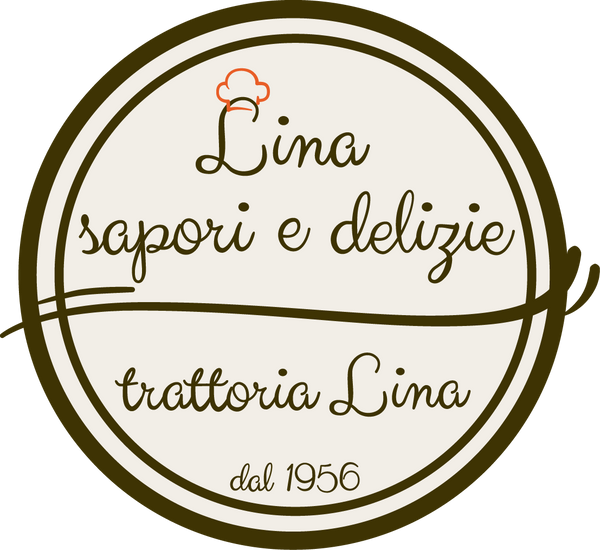
Friggione Bolognese: a treasure of peasant cuisine
Share
When I was a child, the sweet, pungent aroma of onions filled my grandmother's kitchen. I knew a special dish awaited us: warm bread, a glass of wine for the adults, and Friggione , always prepared with that slowness that seemed like a sacred ritual.
In the heart of Emilia-Romagna, where gastronomic tradition is a true art form, Friggione Bolognese stands out as a symbol of simplicity and flavor. Originally a peasant dish, it is now celebrated for its ability to enhance simple ingredients like onions and tomatoes, transforming them into a culinary masterpiece.
Humble origins and timeless taste
In Emilia, they say that patience is the key to any good dish, and Friggione is no exception: its rich, enveloping flavor is the result of time well spent. Friggione , with its roots in the countryside, brought flavor and warmth to the peasants' lives, marked by the rhythms of the land. It perfectly embodies the ancient saying " necessity is the mother of invention ": extreme poverty was compensated for with creativity and care.
The original recipe, dating back to 1886, was recorded by Maria Manfredi Baschieri and later registered with the Bologna Chamber of Commerce. Despite its humble origins, Friggione is now a delicacy found in homes, restaurants, and at typical markets throughout our region.
The ingredients of Friggione : tradition and variations
The secret to this recipe lies in simplicity and patience. The main ingredients of the traditional version are:
- white onions : sliced thinly and left to marinate with coarse salt and a pinch of sugar;
- tomatoes : added during cooking to create a rich sauce;
- lard : used for sautéing, according to peasant tradition.
The recipe has undergone some changes over the years to adapt to modern tastes and dietary needs. The modern version uses golden Medicina onions , renowned for their sweet and persistent flavor, and the addition of pancetta and a touch of chili pepper for an extra touch of flavor.
How to prepare it
Preparing Friggione requires time and dedication. The onions must marinate for at least two hours. They are then simmered with the tomatoes for at least an hour and a half, until they reach a soft, creamy consistency. This slow process allows the ingredients to blend perfectly, creating a dish with a unique flavor.
Perfect pairings
Friggione is known for its versatility:
- side dish : perfect with a mixed boiled meat Bolognese style or steaming polenta;
- appetizer : served on rustic bread croutons or warm tigelle;
- One-dish meal : with the addition of sausage or onion and served with homemade bread. It's also sometimes used as a pasta sauce.
Don't forget a glass of wine! A local red wine is the perfect accompaniment to enhance the flavors of the dish.
A recipe that tells the story
Friggione isn't just a dish; it's a journey through time. Every bite speaks of the toil and ingenuity of peasant families, who transformed humble ingredients into a heart-warming dish. Imagine the heat of a pot on the stove, the enveloping aroma of slowly cooking onions, mingling with the sweetness of tomatoes and the rustic touch of lard. Every bite is a dive into history. Preparing it at home means bringing a piece of Emilia-Romagna to your table and immersing yourself in a culinary tradition that continues to inspire.
Why Friggione Deserves a Special Place
Whether enjoyed with polenta, spread on bruschetta, or used as a condiment, Friggione is a celebration of authentic flavor and home cooking. What are you waiting for? Turn on the stove, take a moment, and let Friggione transform your kitchen into a corner of Emilia-Romagna. It won't just be a dish, but a moment to share and remember. Try it, experiment, and let this Bolognese delicacy enter your kitchen, bringing with it the aroma and warmth of Emilian tradition.
